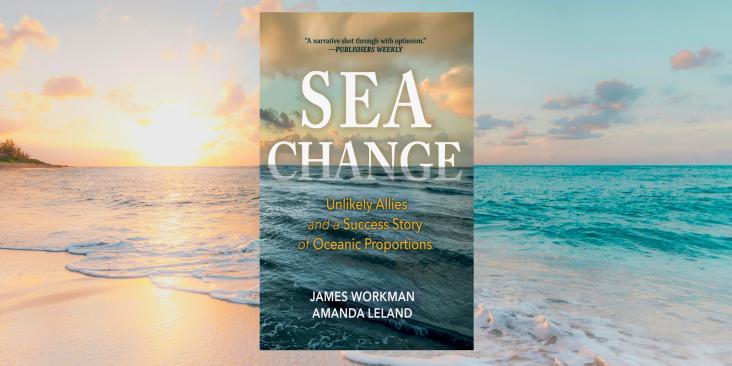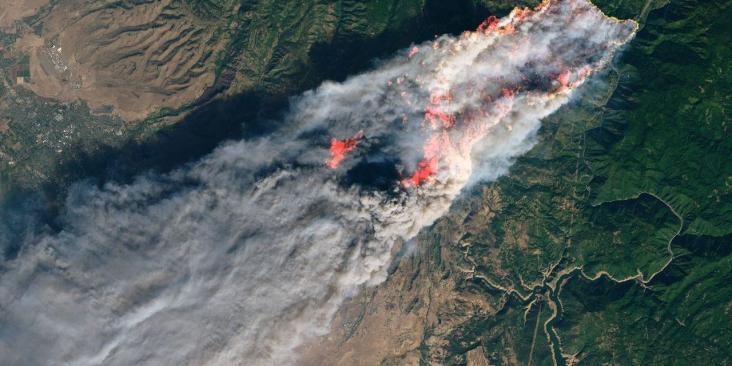Results were released today for the third auction of the year in the California-Quebec cap-and-trade market. This auction delivered slightly stronger results over the May auction, with all current allowances sold and settlement prices rising above the price floor. This bump in market demand potentially suggests renewed market confidence, though this confidence could be temporary if the Legislature doesn’t act urgently to reauthorize the program.
Climate 411
California lawmakers must act now to extend the state’s cap-and-trade program, as uncertainty reduces funding for investment in communities
How the Trump administration is obstructing clean energy – and why it raises your costs
Last updated August 20, 2025.
Electricity prices are rising across the U.S. Demand for electricity is going up for the first time in 20 years. And more extreme weather and heat waves are causing blackouts.
Yet instead of expanding access to low-cost, reliable clean power, the Trump administration is making the problem worse. Since Day One, the administration and its allies in Congress have pushed policies that restrict the supply of affordable, homegrown clean energy – creating a self-inflicted rate hike just as the country needs more power.
Wind and solar offer some of the cheapest – and fastest – ways to provide electric power today. In contrast, the cost to build natural gas plants is at a 10-year high and a shortage of turbines is delaying construction, while coal remains the most expensive and dirtiest way to generate power. To put it simply: Blocking cheap, clean energy while doubling down on outdated fossil fuels makes no economic or environmental sense.
The attacks on clean energy will not only hike up our electricity bills, but they will also unleash more pollution in our water and air, kill thousands of jobs and make our electric grid weaker.
How is this happening? Here are major ways the Trump administration is obstructing clean energy: Read More
States in the Regional Greenhouse Gas Initiative take an important step forward — and there’s room to go further
On July 1, the ten states participating in the Regional Greenhouse Gas Initiative (RGGI) concluded their Third Program Review and announced updates that strengthen the regional cap on climate pollution, beginning in 2027. These changes also introduce new measures to protect energy affordability and reaffirm the program’s commitment to cutting pollution, promoting clean energy and supporting local communities.
As Environmental Defense Fund (EDF) analysis shows, the case for program improvements is well supported — delivering clean electricity and critical climate and health benefits while ensuring consumer affordability. And there’s still room to do even more.
The Science Is Clear on the Dangers of Planet-Heating Pollution
This post was co-authored by EDF Climate Scientist Fiona Lo and was updated on Aug. 7, 2025.
The Trump EPA is trying to reverse the Endangerment Finding – the science-based determination that climate pollution harms public health and welfare. That’s in spite of mountains of scientific evidence confirming that climate pollution is driving extreme weather events and putting people at risk.
The scientific evidence was clear that climate pollution endangers public health and welfare when EPA issued the Endangerment Finding in 2009 – but it is even clearer now:
Cap-and-invest program continues to drive down climate pollution and raise investments in Washington state
Results were released today for Washington’s second cap-and-invest auction of the year, administered last Wednesday by the Department of Ecology (Ecology). During the auction, participating entities submitted their bids for allowances. Under the Climate Commitment Act — Washington’s landmark climate law that sets a binding, declining limit on pollution — major emitters in Washington are required to hold one allowance for every ton of greenhouse gas they emit, with the total number of allowances decreasing each year. This system requires Washington’s polluters to reduce their emissions in line with the state’s climate targets, as fewer allowances become available annually.
Despite lower revenue due to program uncertainty, a stronger, long-term Cap and Trade promises to strengthen investments in California
Results were released today for California’s second cap-and-trade auction of the year, and the first auction since Governor Newsom proposed extending California’s cap-and-trade program through 2045 as part of his May budget proposal. As California lawmakers consider the future of the cap-and-trade program, they face a pivotal opportunity to deliver real and lasting benefits to communities across the state. At stake is not only California’s continued leadership on climate, but also the potential to unlock major economic and affordability gains for Californians.










